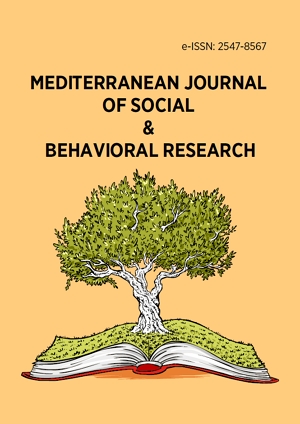Abstract
The use of impact factor (IF) in the scientific and academic world is not new. A phenomenon that has gained wide-spread recognition and utilization. However, in modern-day usage, there seems to be a trend in higher education where academics are evaluated based on the impact factor of journals where scholarly works are published. This trend is gradually shifting the paradigm from the assessment of research contents to publication venue. This does not align with the original purpose of IF conceived by Garfield in 1955. One question that has continued to agitate the minds of concerned academics is whether the IF of journals is a dependable measure of research quality. This paper is an attempt to clarify or address this problem. Based on a thorough literature search and filtration, several problems about the use of IF as research quality measure are discussed as well as their implications. Recommendations were also made aimed at providing a way forward in higher education.
License
This is an open access article distributed under the Creative Commons Attribution License which permits unrestricted use, distribution, and reproduction in any medium, provided the original work is properly cited.
Article Type: Review Article
MEDITERR J SOC BEH RES, Volume 5, Issue 1, February 2021, 13-21
https://doi.org/10.30935/mjosbr/10805
Publication date: 31 Mar 2021
Article Views: 2431
Article Downloads: 1046
Open Access References How to cite this article
 Full Text (PDF)
Full Text (PDF)